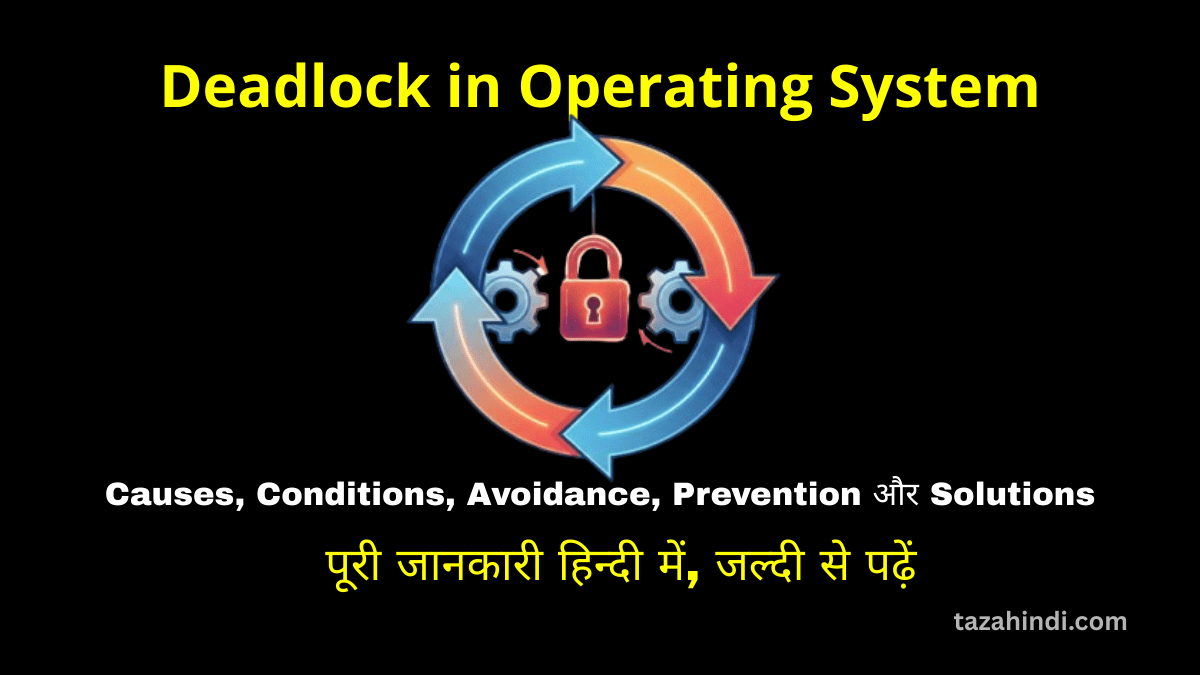In the world of programming, data structures play a crucial role in organizing and managing information. Two commonly used data structures are structures and unions. While they share similarities, they also possess distinct characteristics and applications. In this article, you will get what is a Structure and Union, their features, advantages, disadvantages, memory allocation, usage scenarios and then explain what are the difference between structure and union.
What is a Structure?
A structure is a composite data type that allows you to store related data of different types under a single name. It provides a convenient way to group variables that belong together, forming a logical entity. Structures are widely used in programming to represent real-world entities or complex data structures.
Characteristics of a Structure
- Contains multiple members of different data types.
- Each member has its own name and can be accessed independently.
- Members are stored in contiguous memory locations.
- Structures can be nested within other structures.
- Memory alignment is applied to ensure efficient memory access.
Features of a Structure
- Provides a logical grouping of related data.
- Enables code readability and organization.
- Allows passing and returning structured data to and from functions.
- Supports the creation of complex data structures, such as linked lists and trees.
- Offers flexibility in defining member types and sizes.
Also Read : Difference between Algorithm and Program
Advantages of using structures
- Simplifies the organization and manipulation of related data.
- Enhances code readability and maintainability.
- Supports data abstraction and encapsulation.
- Facilitates code reuse through the creation of user-defined data types.
- Enables easy navigation and access to individual members.
Disadvantages of using structures
- Increased memory usage due to the allocation of memory for each member.
- Potential inefficiency in memory alignment, resulting in wasted memory space.
- Complex structures can be challenging to manage and debug.
- Limited flexibility in terms of dynamic memory allocation.
Memory allocation and alignment of structure members
In structures, memory is allocated for each member based on its data type and alignment requirements. Memory alignment ensures that the members are properly aligned to improve memory access and performance. Alignment rules differ across programming languages and architectures.
Also Read : Difference between Sets and Lists
How a structure declares and accessing structure members?
A structure is declared using the “struct” keyword, followed by a name and a list of member declarations. To access structure members, the dot operator (.) is used, connecting the structure variable and the member name.
Use cases and scenarios where structures are preferred
Structures are commonly used in various scenarios, such as:
- Representing entities with multiple attributes, like a student with name, age, and grade.
- Modeling complex data structures, such as databases or records.
- Defining data packets for network communication or file formats.
- Creating linked lists, queues, or stacks.
- Implementing object-oriented programming concepts in languages without built-in support.
Also Read : Difference between Static and Dynamic Memory Allocation
What is a Union?
A union is a special data type that allows different types of variables to be stored in the same memory location. Unlike structures, where each member has its memory allocation, unions share a single memory space for all members. This means that only one member can be active at a time.
Characteristics of a union
- Contains multiple members of different data types.
- Shares a single memory space for all members.
- Only one member can be active at any given time.
- Size of the union is determined by the largest member.
Features of a union
- Enables memory optimization by reducing memory usage.
- Facilitates type conversions between members.
- Supports accessing members without changing their values.
- Provides flexibility in representing data that can have different interpretations.
Advantages of using unions
- Saves memory by sharing a single memory location for multiple members.
- Enables efficient data representation in specific scenarios, such as network protocols or device drivers.
- Facilitates type conversions without the need for explicit casting.
- Supports memory-efficient implementation of variant types or tagged unions.
Disadvantages of using unions
- May lead to potential data integrity issues if not used carefully.
- Limited in terms of simultaneous access to members.
- Difficulties in understanding and maintaining code that uses unions.
- May require additional code for ensuring proper member selection and interpretation.
Also Read : Difference between Class and Structure
Memory allocation and size of unions
Unions allocate memory based on the size of the largest member. This ensures that the union has enough space to accommodate any of its members. The size of a union is determined by the size of its largest member.
Use cases and scenarios where unions are preferred
Unions are commonly used in various scenarios, such as:
- Implementing variant types or tagged unions.
- Handling type conversions and interoperability between different data formats.
- Optimizing memory usage in resource-constrained environments.
- Representing different interpretations of the same memory space, such as a single byte used as both a character and a numeric value.
Also Read : Difference between Constructor and Destructor
Difference between Structure and Union
| Structure | Union |
| Structures allocate memory for each member independently. | While unions share a single memory space for all members. |
| Structures tend to use more memory due to separate allocations. | Whereas unions optimize memory usage. |
| Structures allow simultaneous access to multiple members. | Whereas unions allow accessing only one member at a time. |
| Structures provide data integrity by maintaining the values of all members. | Whereas unions require caution to ensure proper member interpretation. |
Note: You can easily learn the difference between Structure and Union by watching the video given below:
Also Read : How to make money with Reselling business
Conclusion
Structures and unions are essential data structures in programming that serve distinct purposes. Structures excel in organizing related data, supporting complex structures, and enhancing code readability. On the other hand, unions optimize memory usage and facilitate type conversions. Understanding their characteristics, advantages, disadvantages, and use cases enables programmers to make informed decisions when choosing between structures and unions in their projects.



